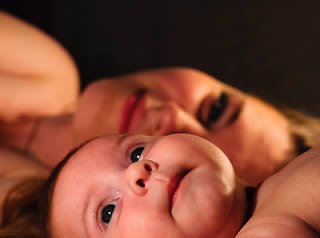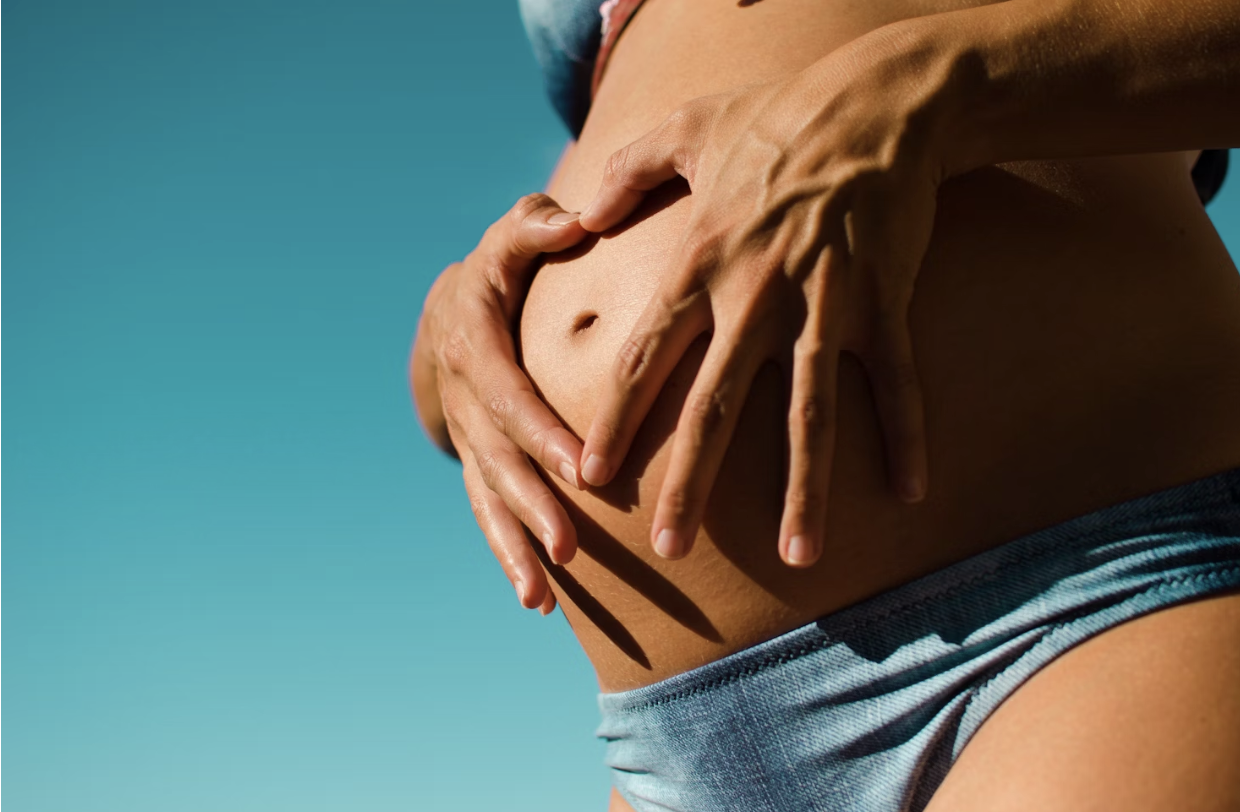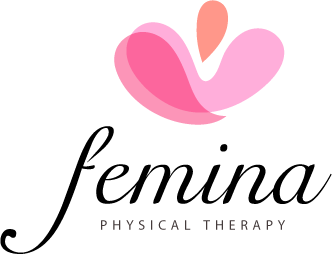Pregnancy is a time of significant physical and hormonal changes, and among the many hormones involved, Relaxin plays a crucial role. However, there’s a common misconception that Relaxin is responsible for pain during pregnancy. Let’s take a closer look at what Relaxin does and why it doesn’t directly cause pain.
What is Relaxin?
Relaxin is a regulatory hormone involved in growth, metabolism, and tissue remodeling after an injury to our bones, ligaments, muscles or tendons (Dehghan 2014). During pregnancy, Relaxin levels begin to increase in the first trimester to help the body prepare for childbirth by relaxing the ligaments in the pelvis and softening the cervix (Aldabe 2012, Daneau 2014). The ligaments of the pelvis will begin to relax around the 10th-12th week of pregnancy (Aldabe 2012). This process allows for greater flexibility in the pelvic area, facilitating delivery and accommodating the growing baby.
Misconceptions About Relaxin and Pain
Relaxin Isn’t the Culprit for Pain
Low back pain and pelvic pain are a common complaint during pregnancy, studies have estimated approximately 50% of women will experience this at some point in their pregnancy (Daneau 2014, Fiani 2021). This is an important issue and worthy of attention, as this pain is associated with negative impacts on sleep, social and sexual life, physical and work capacity, and psychological well-being. On top of this, pain can lead to decreased activity levels during pregnancy, and we know exercise during pregnancy promotes improved health outcomes for both mom and baby.
Prior theories of low back and pelvic girdle pain during pregnancy blamed the increased laxity of joints from Relaxin. While Relaxin increases joint and ligament laxity, which is also true at different times in our cycle while not pregnant, it has not been proven to directly cause pain. A systematic review included six articles researching the relationship between pelvic girdle pain and Relaxin levels. Two of the articles reported a correlation between levels of Relaxin and experience of pelvic girdle pain during pregnancy, while four studies did not (Aldabe 2012). The studies that reported a correlation were found to be low quality evidence, while three of the four studies that found no correlation were high quality studies. A newer explanation for low back pain and pelvic girdle pain during pregnancy includes a multifactorial explanation, which is similar to many pain conditions in the general population(Daneau 2014):
- Prior trauma
- Hormonal changes (more likely from progesterone, rather than Relaxin, from results in a recent study by Daneau et al)
- Increased mechanical load
- Poor body mechanics
Several risk factors have been identified as well that can lead to the development of pelvic pain during pregnancy (Clinton 2017):
- Prior pregnancies
- Asymmetric pelvic ligament laxity
- Prior low back or pelvic girdle pain
- Increased BMI
- Smoking
- Work dissatisfaction
- Lack of belief in the ability for the pain to improve
Another myth proposes that postural changes during pregnancy are the cause of pelvic girdle pain. However, evidence has shown that magnitude of postural changes does not correlate with pelvic girdle pain either (Clinton 2017). Which, if you think about it, if postural changes were the reason for pain, wouldn’t every pregnant person experience some degree of low back or pelvic pain due to changing posture as the baby grows and body adapts? However, this just isn’t the case. What we do know is as the belly grows, the center of gravity shifts, leading to increased load placed on the ligaments, joints, and muscles. If the mother has poor motor control on top of this, the muscles and ligaments are not able to keep up with the new demand placed on them during daily tasks, leading to pain.
How to Alleviate Discomfort
If you’re experiencing pain during pregnancy, here are some strategies to help manage it:
- Exercise: Fight through the fatigue as much as you can! Exercise has been shown to improve deliveries and the health of the pregnant mom and baby- even affecting health outcomes into the growing baby’s adult life. Gentle exercises, such as prenatal yoga or swimming, can be a nice option when fatigue is extreme.
- Posture Awareness: While poor posture may not be the cause of pain, it can be preventative to avoid lingering in positions that place too much mechanical strain on one joint or muscle and/or tendon.
- Physical Therapy: A qualified physical therapist can provide tailored exercises and stretches to address specific discomforts. All of our therapists at Femina/Fusion Physical therapy have been specially trained to diagnose and treat your pregnancy related aches and pains. Reach out to our team to get started.
To conclude, Relaxin is a vital hormone that plays a significant role in preparing the body for childbirth, but it does not cause pain. The discomforts experienced during pregnancy are often a result of multiple factors: physical changes, weight gain, and other hormonal changes. Understanding the true role of Relaxin can help expectant parents navigate pregnancy with greater confidence and comfort. Always consult with healthcare providers for personalized advice and support during this incredible journey!
Resources:
Aldabe D, Ribeiro DC, Milosavljevic S, Dawn Bussey M. Pregnancy-related pelvic girdle pain and its relationship with Relaxin levels during pregnancy: a systematic review. Eur Spine J. 2012;21(9):1769-1776. doi:10.1007/s00586-012-2162-x
Clinton, Susan & Newell, Alaina & Downey, Patricia & Coleman-Ferreira, Kimberly. (2017). Pelvic Girdle Pain in the Antepartum Population: Physical Therapy Clinical Practice Guidelines Linked to the International Classification of Functioning, Disability, and Health From the Section on Women's Health and the Orthopaedic Section of the American Physical Therapy Association. Journal of Womenʼs Health Physical Therapy. 41. 102-125. 10.1097/JWH.0000000000000081.
Dehghan F, Haerian BS, Muniandy S, Yusof A, Dragoo JL, Salleh N. The effect of Relaxin on the musculoskeletal system. Scand J Med Sci Sports. 2014;24(4):e220-e229. doi:10.1111/sms.12149
Daneau C, Houle M, Pasquier M, Ruchat SM, Descarreaux M. Association Between Pregnancy-Related Hormones and Lumbopelvic Pain Characteristics in Pregnant Women: A Scoping Review. J Manipulative Physiol Ther. 2021;44(7):573-583. doi:10.1016/j.jmpt.2021.10.001
Fiani B, Sekhon M, Doan T, et al. Sacroiliac Joint and Pelvic Dysfunction Due to Symphysiolysis in Postpartum Women. Cureus. 2021;13(10):e18619. Published 2021 Oct 9. doi:10.7759/cureus.18619









 Start Your Pelvic Health Journey
Start Your Pelvic Health Journey

